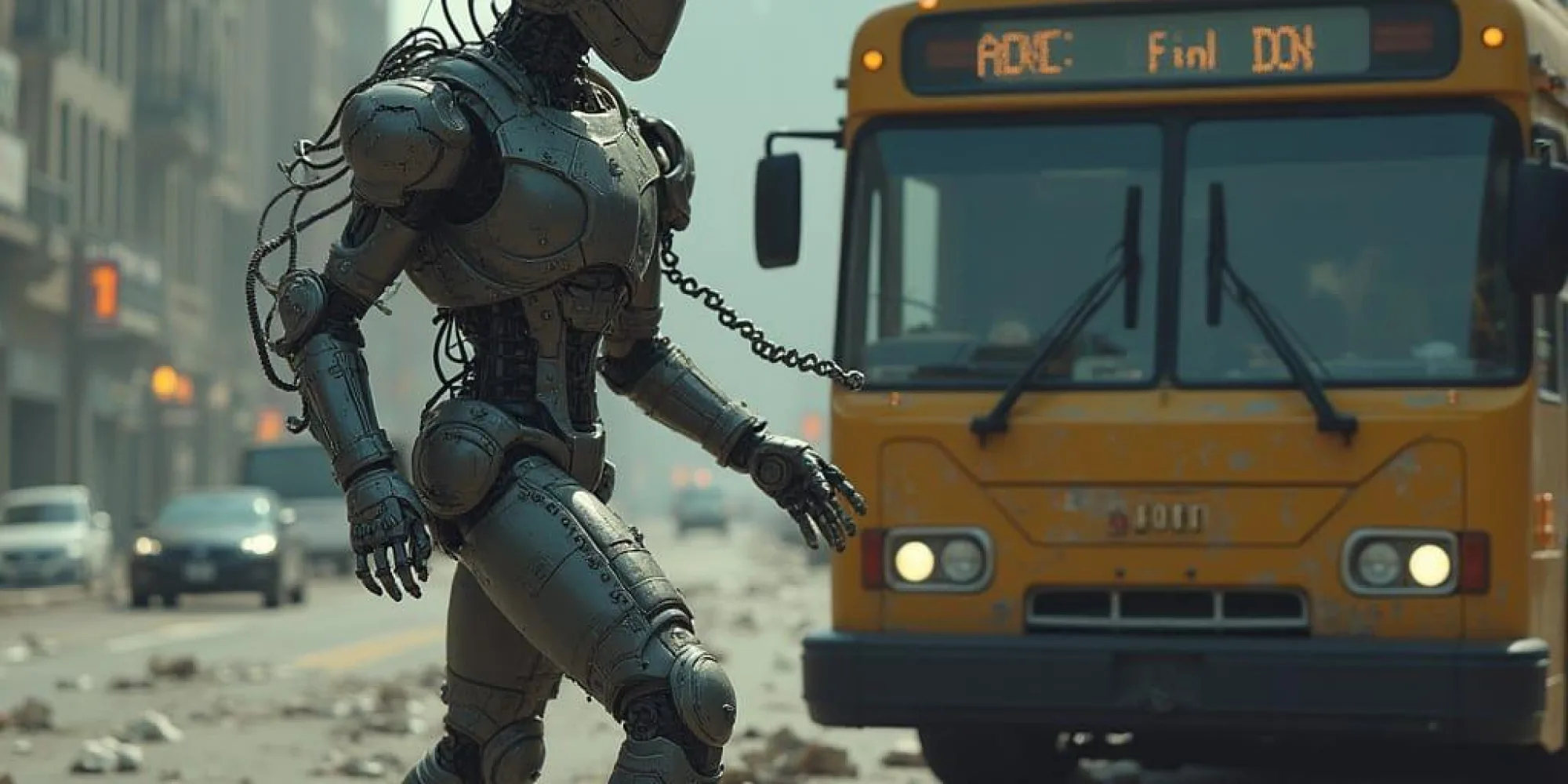If the System Can’t Pass the ‘Hit by a Bus’ Test, It’s Not a Robust System
One of the most important mindset shifts I encourage during business and systems transformation work is this:
“If the system can’t pass the ‘hit by a bus’ test, it’s not a robust system.”
In plain terms: if a key person were suddenly unavailable, the process should still function smoothly. A resilient business doesn’t grind to a halt when someone’s on leave, resigns, or is simply unreachable.
To build systems that do pass this test, we focus on three pillars:
1. Documented
A process that lives only in someone’s head is a liability. Documentation ensures that:
- Anyone can step in and understand what needs to be done.
- Training new staff becomes faster and more consistent.
- Mistakes are reduced because expectations and steps are clearly laid out.
✅ Tip: Use simple, visual SOPs and store them in a central, searchable location.
2. Repeatable
A robust system produces consistent results—regardless of who’s running it. Repeatability means:
- The process is standardized and not reinvented each time.
- Quality and outcomes are predictable.
- It’s easier to identify and fix issues when something goes wrong.
✅ Tip: Automate where possible, and use checklists or templates to guide execution.
3. Not Dependent on One Person
If only one person knows how to do something, that’s a risk. A resilient system:
- Has built-in redundancy—others are trained and capable.
- Encourages knowledge sharing and cross-skilling.
- Can scale without bottlenecks or burnout.
✅ Tip: Regularly rotate responsibilities or run “what if” drills to test system resilience.
Final Thought
Whether you’re refining internal workflows or implementing new tech, always ask:
“Would this still work if someone key was suddenly unavailable?”
If the answer is no, it’s time to strengthen the system.







